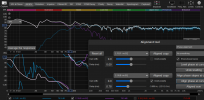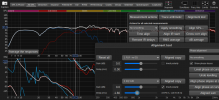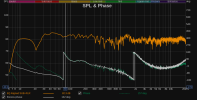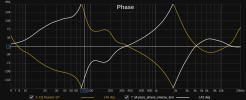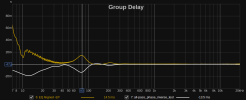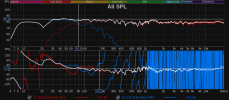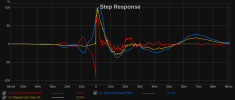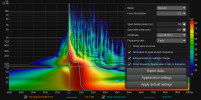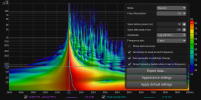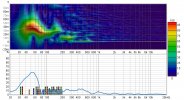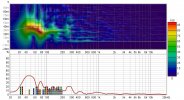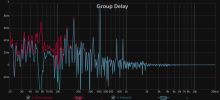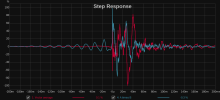thanks, I needed a nice mdat of some other speakers to experiment.
let me tell you something: was creating a phase correction for the left speaker and found a nice window. listened to the combined result over headphones and everything sound correct.
did the same for the right one and I hear pre-delay. I couldn't explain it so I listened to the original IR and it already has pre-delay baked in. how can that be? do you hear any predelay on the right speaker with the intro of Billie Jean for example? anyways, could be an artifact of the measurement. the right way to test the filters is on the real speakers.
I think these should be good:
https://drive.google.com/file/d/1Wt57R3kL7Uj_6mDDQjtLM3GUq6Oes_Qn/view?usp=sharing
throw the .wav into the convolver of EQ-Apo. it's 44100
here is left speaker phase before and after
View attachment 298625
View attachment 298626
note that this is all experimental. might or not work. give me some feedback please

